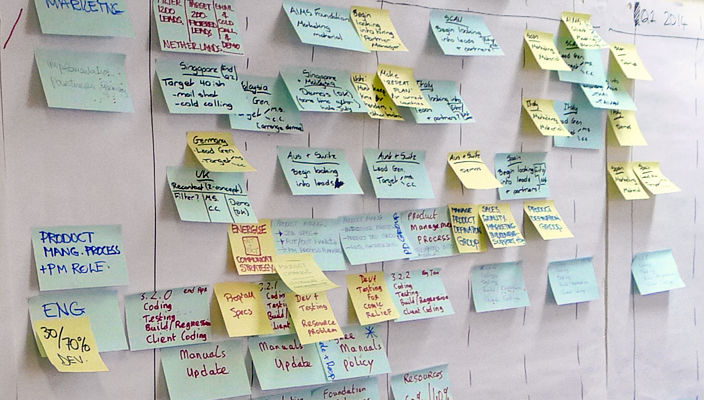When you think of product management, or product in general, it is pretty common to focus on the primary goals of ideation, getting to market, establishing your user base and…

Product Management Mistakes: Often Missed Details
When you think of product management, or product in general, it is pretty common to focus on the primary goals of ideation, getting to market, establishing your user base and ongoing feature development. For most PMs this is the product lifecycle and it is almost always managed from a present state and planning “new” things. Many times, there are other important details that get overlooked but should be considered standard when building products. Have a plan for these up-front.
Product: Know your consumers and market
In addition to the ideation phase, you should have a continuous process for analyzing your consumer base. Most products have a core audience but many times, there will be pockets of user groups that pop up that could influence product strategy. Ongoing re-evaluation of your audience is a sure way to keep your ideas moving in the right direction. Many times, consumer complacency takes hold in products and you lose touch with who you are trying to reach. Understanding the market is key to having long-lasting products. Knowing who they are does not just mean you have a list of subscribers but you should also understand what business themes are present in that list and what business problems they are solving with your application or services. Markets are changing constantly, especially in technology services so you should have a process for always adapting to those conditions. Sounds much easier than it is.
Product: End of Life / Feature Deprecation
If you are consumer focused, you should also have a process of evolution for your product or feature. In true evolutionary fashion, some patterns lead to death, some patterns lead to change. If you have that process worked out, you will save yourself the hassle of communicating to consumers that a product or feature is going away or changing. It also is good to have consistency for that process. Some organizations have 12-month / 6-month notifications that outline how features will be deprecated. You should always put yourself in the position of the customers and ask the necessary questions. Will the APIs be backward compatible? Is there a substitute feature for the ones that are being phased out? What are my other market options so I do not interrupt my business goals? Always go through that exercise to make sure you account for everything. If you can forward think up the answers to these questions, consumers will be less frustrated and ready to accept your changes.
Product: Contract structure for lifecycle
Whether you create “pilots” or “alpha”, “beta” or “limited release” products, always remember that no matter what verbal agreements you have with clients, they will start to rely on your products for their day-to-day operations. Therefore, you should always have market viability clauses in your MSAs or working agreements. This will allow you to discontinue services for products or features that you cannot get market adoption for. In order to maintain a positive relationship, you should always establish a cadence of keeping your early adopters informed of your product progress. It is a delicate balance of communication but once you notice stagnation of sales and are in maintenance mode, you should consider the path forward. Having those clauses in your agreements gives you flexibility to pivot quickly.
You application cannot evolve if you don’t know what is or more importantly, is not working.
Product: Include Analytics From The Beginning
You application cannot evolve if you don’t know what is, or more importantly, is not working. Analytics should track all interactions with your application as well as solicit feedback from consumers on a regular basis. If you are scared to know what your users think or are unwilling to accept that if a large number of users are requesting a feature it is important, you are already failing. Consumer thoughts and requests are what drove you to build out an idea, embrace it. I recently wrote a blog post on the importance of including analytics in your application.
There are many other smaller items that I have seen left out but these items are commonly missed.
Create your own plan as a PM and let it be driven by your particular market and organization. One size does not fit all but having a process that defines you to the organization makes it easier to establish those relationships necessary for successful planning and delivery or products and services.




